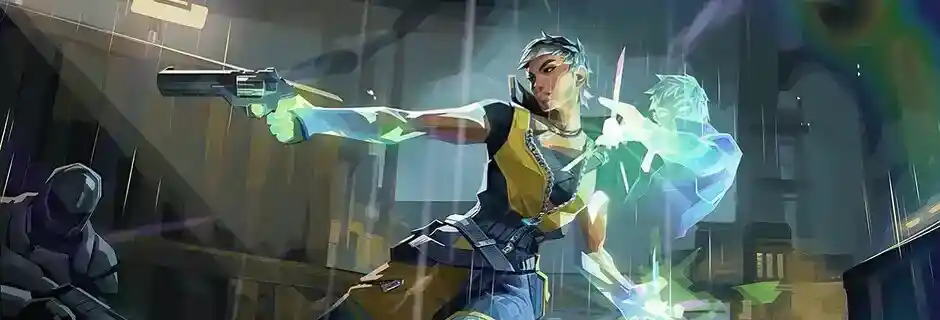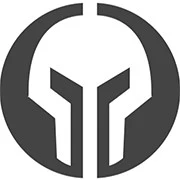Valorant 11.00 Brings Corrode Map, Agent Changes, and Rank Updates
The long-awaited Valorant 11.00 update has landed, and it’s one of the most impactful patches in recent memory. With sweeping changes to Agents, the debut of the new Corrode map, and important rank-related tweaks, this patch is designed to shake up the meta and reward players who adapt quickly. Whether you’re grinding the competitive ladder or aiming for that crucial jump into your next tier, here’s everything you need to know.

Key Agent Buffs and Nerfs
Agent balancing remains at the heart of Valorant’s evolving gameplay. Patch 11.00 brings significant updates to several key Agents, which may influence both team comps and solo queue efficiency.
Waylay’s entire kit got smoothed out. Her Refract ability now transitions faster and has reduced cooldowns, making it feel more responsive. With her unequip time down from 1.0 to 0.8 seconds and refract timing trimmed, Waylay may become a go-to for players looking to boost their overall performance with quicker dueling potential.
Reyna, however, received a slight nerf—Leer’s HP dropped from 100 to 80, making it easier to counter. But don’t count her out just yet. Visual and audio feedback improvements on Leer now provide better precision when confirming hits.
Neon and Phoenix saw minor tweaks to their flash abilities, increasing windup times to allow more counterplay. Saturate, meanwhile, gained both size and responsiveness, possibly shifting its viability in site control strategies.

Clarity and Audio Enhancements
In an ongoing effort to make Valorant feel more consistent, Riot introduced clarity-focused adjustments to audio and visuals. These changes don’t just enhance immersion—they directly help with tactical decision-making, particularly in clutch situations where every sound matters.
Sova’s Recon Bolt and Owl Drone are now easier to track thanks to improved sound design. With the ability to hear arrow trajectories and drone alerts more clearly, this update offers a subtle but impactful rework to information gathering—perfect for players who lean on intel-heavy strategies to climb in rank.
Other notable updates include Breach’s Aftershock visuals being less intrusive, Cypher’s Spycam dart direction becoming more intuitive, and a meaningful change to Omen—removing the third-person audio cue for enemies within 12.5 meters while casting Dark Cover. This aligns his smoke gameplay with other controllers and may boost his pick rate in coordinated team play.
Corrode Map: A New Arena for Strategy
Corrode is the star of Patch 11.00. Set in a crumbling fortress distorted by radianite storms, the map offers a mix of castle interiors and open village zones. With three lanes and two sites, it brings layered verticality and choke-point control that’ll test your decision-making and team coordination.
What makes Corrode especially interesting from a gameplay perspective is its temporary Corrode-only queue. For five days, players can sharpen their understanding of the map in Swiftplay format—great for practicing key angles and site strategies without tanking your rank.
Even better, for the first two weeks in competitive play, RR losses on Corrode are reduced by 50%, while wins still grant full RR. This creates a perfect opportunity for a low-risk, high-reward push to improve your rank while everyone is still learning the terrain.
Competitive System Updates
If you’re chasing that next big rank milestone, Valorant’s 11.00 patch has good news. With Act IV underway, the highly anticipated Ranked Gun Buddy is finally available, rewarding players based on their peak performance across the season. And with a less severe rank reset, you’re less likely to drop too far after placements—ideal for keeping that momentum going.
One standout adjustment: the maximum rank after placements is now Ascendant 3. That gives high-performing players a more accurate reflection of their skill level from the start, making boosting through lower ranks less of a grind.
Game Mode & Queue Changes
In addition to Corrode, some notable changes affect other modes. Pearl and Split rotate out of the Competitive and Deathmatch queues, while Bind and Corrode rotate in. This shift may alter the meta in Deathmatch practice and influence what maps players feel confident queueing into competitively.
Icebox also makes a return in Deathmatch and Escalation after spawn bugs were addressed in 10.09—great news for those who enjoy practicing on this fast-paced, vertical map.
Bug Fixes That Matter
While many of the patch’s bug fixes are behind-the-scenes, several directly impact gameplay. Issues like visual effects lingering beyond debuff durations and deployables interacting with map elements incorrectly have been cleaned up. These tweaks improve gameplay reliability and reduce those frustrating edge-case moments that can cost you a round—or your rank.
Final Thoughts
Valorant Patch 11.00 isn’t just a routine update—it’s a game-changer. Between Agent reworks, the introduction of Corrode, and rank system refinements, players have new tools and opportunities to adapt and climb. If you're looking to boost your performance and secure a higher rank this act, now's the time to dive in, explore Corrode, and experiment with the updated agents before the meta fully settles.
Whether you're a solo queue grinder or part of a competitive team, smart adaptation to Patch 11.00 could be your ticket to that next big Valorant milestone.

GG Boost, the Best Elo Boosting Experience!
 Deutsch
Deutsch  Français
Français  Español
Español  Português
Português